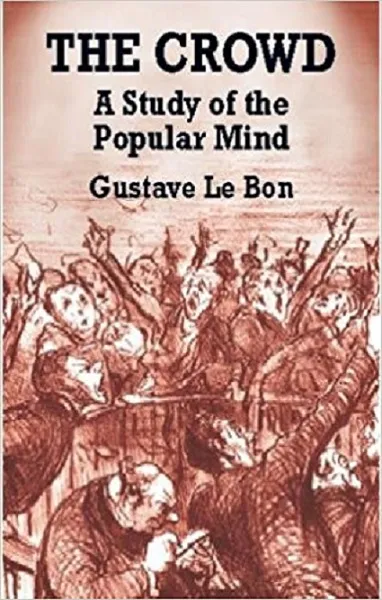The problem of mass behavior is open to new ideas, specific research, and generalizations. Closely related to the context of changes in social life, this research area seems to always need rethinking and updating. In all societies, regardless of the extent of their development, the emergence of significant forms of mass-media activity are events that leave signs of change both in the midst of social structures and in the more lasting forms of public consciousness. Mass behavior has different dimensions. It includes a wide range of relatively independent phenomena such as crowds, social phenomena, situational disorder, protests, and other related episodes of social unrest such as panic and mass psychosis.
The common feature of these phenomena is that they represent behavioral forms of sub-individual activity that exists outside the rhythm of routine everyday life regulated by institutional behavioral rules and attitudes. One of the most promising trends in the study of mass behavior is to refer to social factors that not only accompany periods of change in society, but also become a force that accelerates these changes. Over the past century, the subject of mass behavior has received the first theoretical interpretations of the conceptual framework of the idea of crowd psychology. Mutual behavior is in fact an episode of non-institutional activity closely linked to the course of social collisions and the course of their solution. It can be said that modern reinterpretation of the topic of mass behavior is essentially a displacement of the problem center from the aspect of destructiveness to the aspect of the positive effect of its action. Above all, the presence of destructiveness, aggression and anti-humanity in the episodes of mass behavior is determined by the overall social context. Research data disproves the stereotypical idea that in a massive case the person in situations of catastrophes and disasters is panicky helpless, socially inadequate and unable to protect himself from the pressure of unfavorable changes in the living environment.
Like many of the orientations of social sciences, and that of the dynamics of mass behavior has arisen under the pressure of the real critical problems that society faces at a certain stage in its development. The end of the 19th and the early 20th century are characterized as a historical period in which the social behavior of the masses adopts real protest dimensions, threatening the existing order of social and political life. During this period, the first attempts at a theoretical explanation of the processes and phenomena of mass behavior were made within the boundaries of the "Roman Research School" formed by a group of writers in French and Italian. Gustav Lo Bon examines the behavior of the masses within his understanding of the crowds, not as a normal social phenomenon, not as something that academic social science generally looks at, but as a phenomenon stemming from the heart of social life deeply bound up with political changes and political power . Lo Bon argues that the mobs only have the strength to destroy. He finds little or no support in the academic social sciences of his time, encouraging his intention to build a general theory for the crowds. Already in the first steps of the crowd analysis, Lo Bon points to the difference in approach from the traditional understanding of this phenomenon. He writes a crowd means gathering individuals regardless of their nationality, profession, gender, or the circumstances that have imposed this collection.
